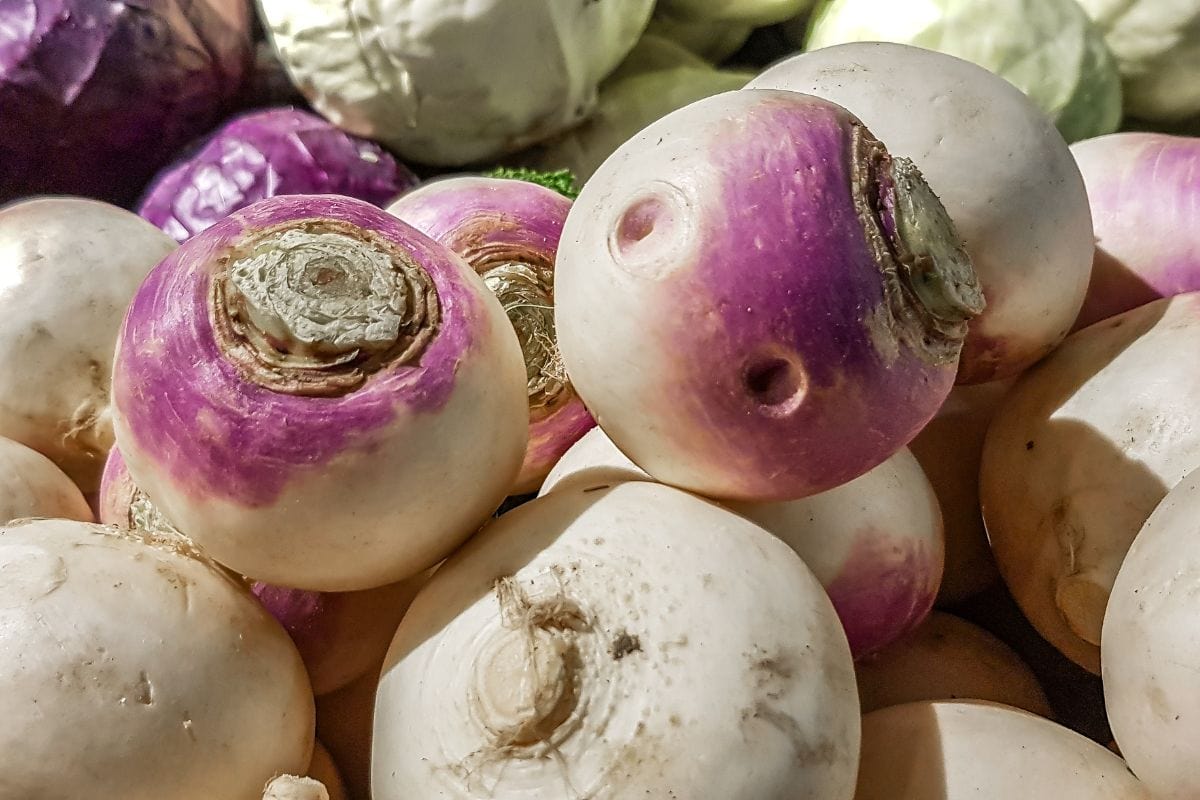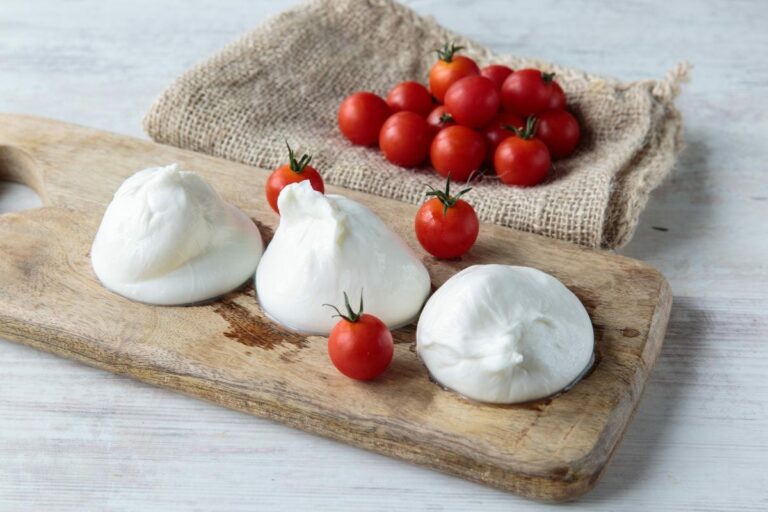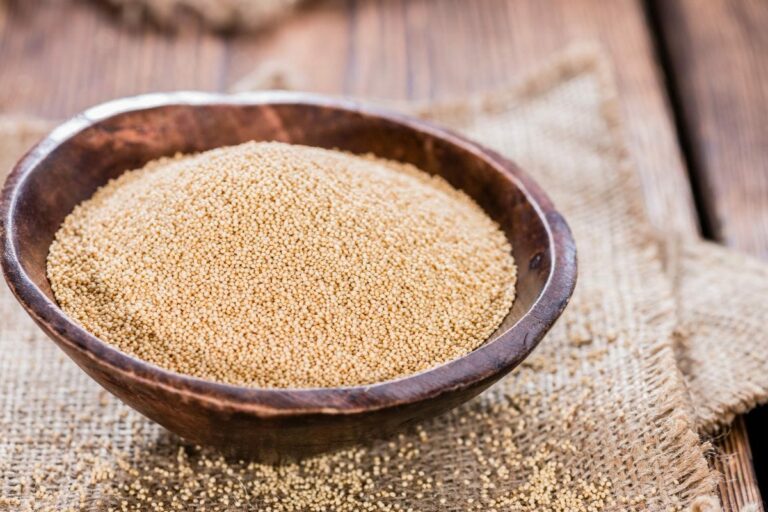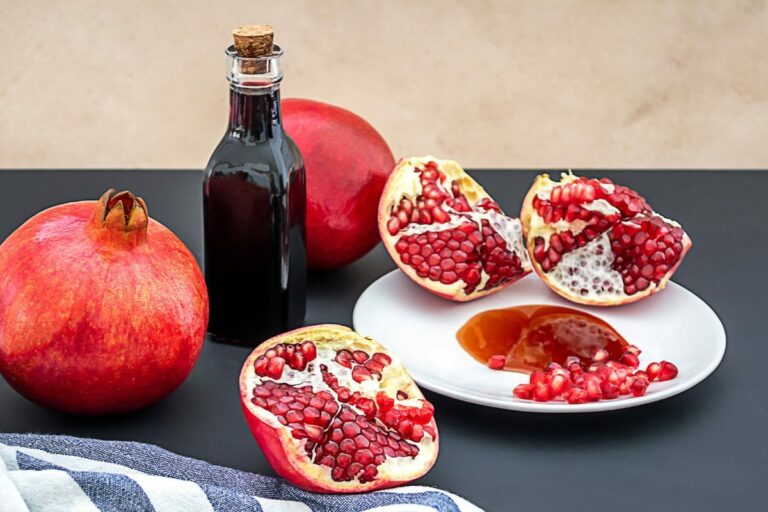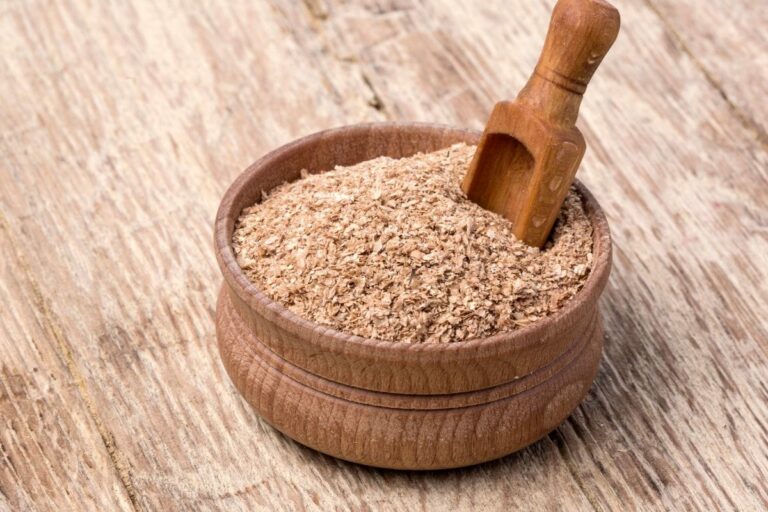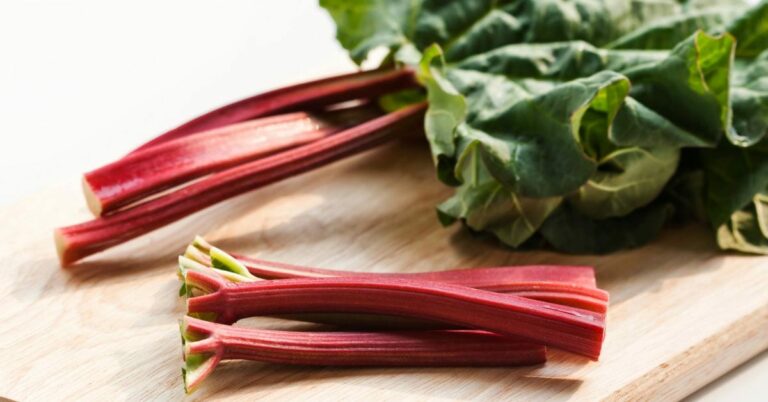Out of Rutabaga? Try These Delicious Substitutes in Your Recipes!
Winters are beautiful and so are its vegetables. The frost of winter when comes in contact with these vegetables, reacts sweetly but produces some bitter-tasting vegetables just like rutabaga. We like it but sometimes we need to replace it.
What are the best substitutes for Rutabaga? The best substitutes for Rutabaga are Turnips, Daikon, Kohlrabi, Celery Root, Broccoli stem, and Radish. All of these substitutes bear an almost similar taste and texture. At least one of these substitutes must be available at your nearby grocery store if Rutabaga is out of stock.
Here in this post, we’ll dive into what Rutabaga is and what is its flavor profile. Then we’ll discuss in detail the Top best substitutes for Rutabaga.
What is Rutabaga?
Rutabaga, aka Swedish turnip, neep, yellow turnip, or swede, is a root vegetable grown artificially. At first, it originated when a turnip and a wild cabbage are crossed together. It tastes sweet when eaten raw, thus being its healthier version.
Rutabagas are full of nutrients and the best way to get its advantage is to boil them and replace the mashed potato recipe. Its buttery and savory texture makes it enjoyable to all consumers. You can also put sliced Rutabagas in an air fryer to enjoy healthier fries than ever. The bitter taste appears when they are cooked on flame.
Taste of Rutabaga vegetable
The flavor is somewhat earthy and peppery and you should expect a dominating bitter taste with a slightly sweet undertone. The bitter vegetables are packed with more nutrients and hence are the Rutabagas. The Rutabaga dishes may not be welcoming to everyone due to their distinct flavor profile.
Uses of Rutabaga
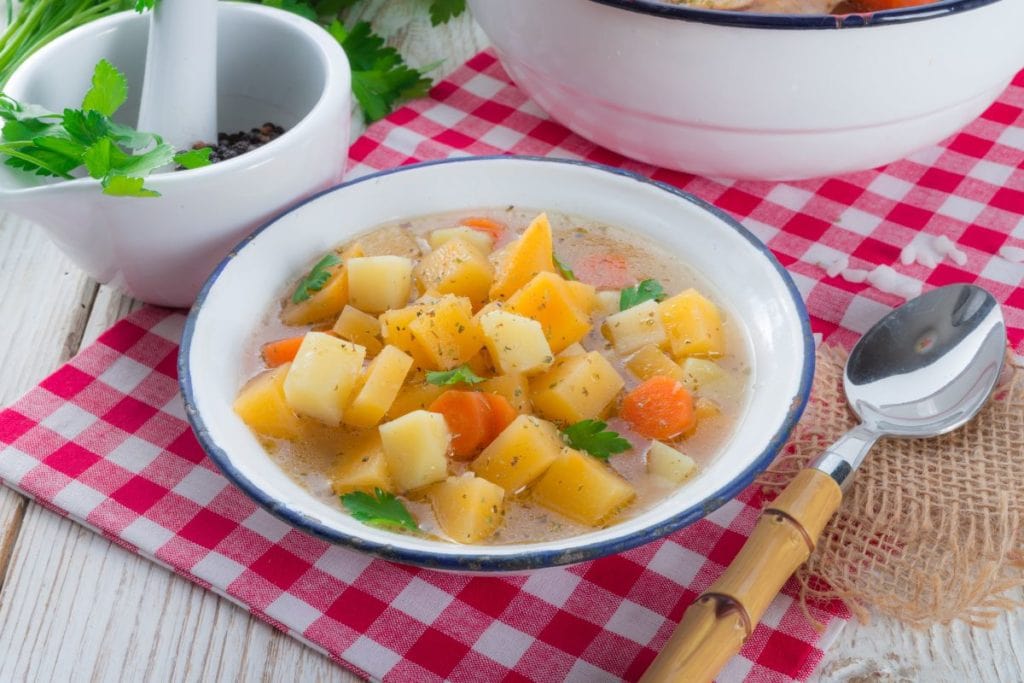
- Cooked in casseroles
- Baked in pasties
- Cooked in stews
- Used in soups
- Mashed with potatoes
6 Best Substitutes for Rutabaga
| Sr. No. | Rutabaga Substitutes | Botanical name | Health benefits |
| 1 | Turnips | Brassica rapa | Useful for bone health, cancer prevention, and eye health. |
| 2 | Daikon | Raphanus sativus | Have anti-cancer, anti-inflammatory, and immunity-enhancing properties. |
| 3 | Kohlrabi | Brassica oleracea | Aid in glycemic control, weight control, and bone fortification. |
| 4 | Celery roots | Apium graveolens | Promote heart, gut, and bone health. Have anti-inflammatory and anti-coagulation properties. |
| 5 | Broccoli stem | Brassica oleracea | Improves heart and brain health. Have Anti-inflammatory and anti-diabetic properties. |
| 6 | Jicama | Pachyrhizus erosus | Improves heart and gut health. Helps with skin hydration and fights inflammation. |
Whether it ran out of your nearby grocery store or you dislike Rutabaga, you will definitely need a viable alternative to make your food without them. We’ve prepared a list of some best possible substitutes. Let’s discuss them one by one.
- Turnips
- Daikon
- Kohlrabi
- Celery Root
- Broccoli stem
- Jicama
1. Turnips
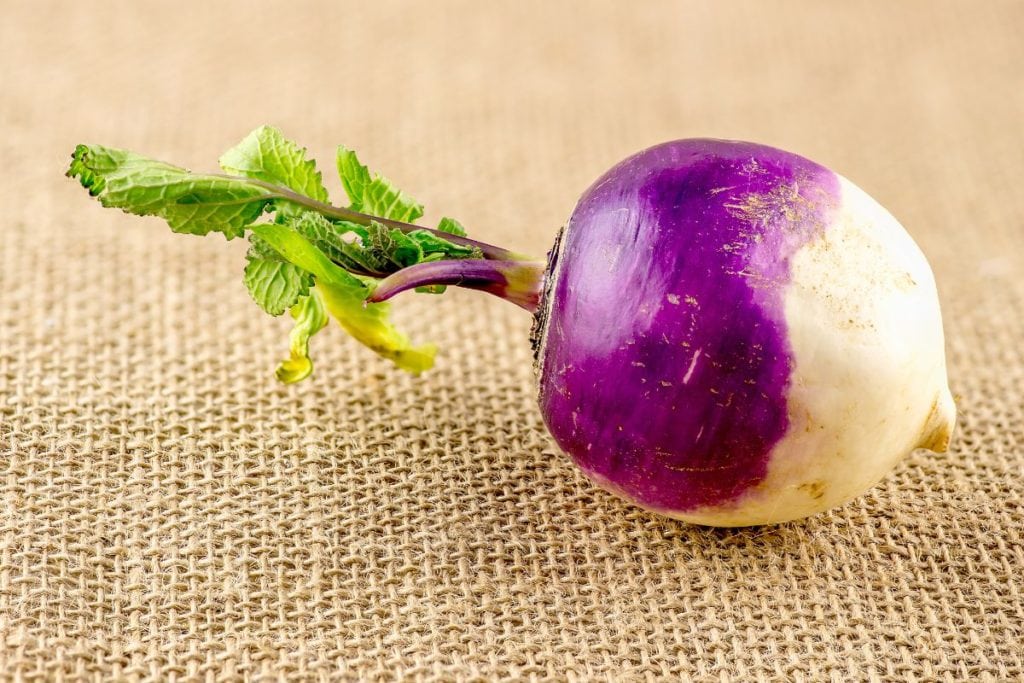
As mentioned earlier, Rutabagas are made by cross-breeding turnips and cabbage. The turnip makes an excellent alternative that’s why it lies at the top of our recommendation list. These two vegetables match very closely in terms of their flavor profile and texture as well.
This root vegetable belongs to the mustard family. Both the bulb and taproot greens are edible. Turnips have the same white and firm texture as Rutabaga. Both pungent-tasting vegetables have mild bitterness in their flavor.
Turnips are harvested in a temperate climate. They are young and sweet in the spring season and mature in the fall season. The size of turnips is comparatively smaller than Rutabaga. The bitterness of turnip gradually increases over time as it grows older. That’s why it needs to be picked up early at a young age. The older ones become woody and will impart an extra bitter flavor to your dish.
Raw turnips have a sweet taste with earthy notes like radish and carrot. It is a very nutritious option and, if you want, you can use it in a crudité platter or a salad bowl. Some people even replace the potatoes with turnips in a mashed potato dish. The sweetness of smaller turnips increases on cooking. Besides raw consumption, turnips can be baked, steamed, sauteed, glazed, roasted, or mashed as well.
2. Daikon
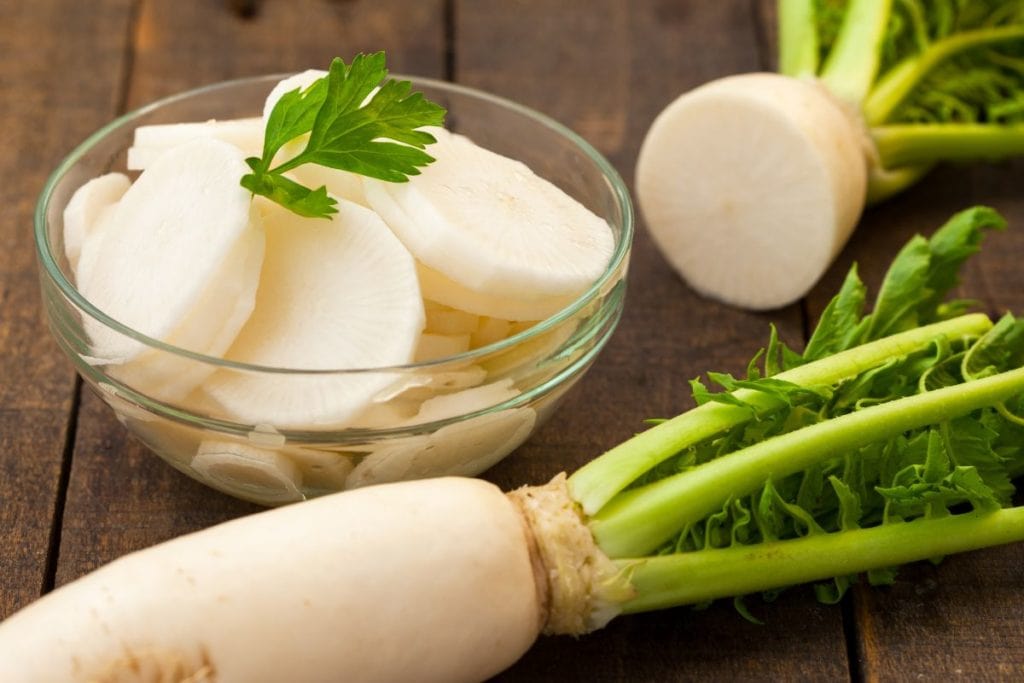
Daikon is white winter radish that is long and tubular. This crunchy root vegetable is popular in Japanese and Asian cuisines. In Japan, it is served with sushi and used as a palate cleanser also. It has a crispy texture and gives a sweet flavor to dishes. The slight peppery taste adds bite and character to any dish it’s in.
Rutabagas and Daikon have similar growth structures and flavor profiles as well. Its lovely neutral flavor allows us the luxury to add condiments of our own choice to bring the desired taste. It goes well with many dishes like curries, stir-fries, and salads. Daikon when sprinkled with salt and spices feels refreshing to your taste buds.
The flavor of Daikon or white radish differs from the flavor of red radish. Daikon is milder and sweeter while red radish is potent and sharp in taste. Daikon looks like a plump carrot.
Daikon is more fibrous than Rutabagas but low in calories. The sugar content in Daikon is one-third less than Rutabagas. You can use it in the sliced, chopped, or cooked form to replace Rutabaga in any recipe. It can also be steamed, roasted, simmered, or garnished. Always buy firm vegetables from the grocery store to ensure long storage of at least two weeks in the refrigerator.
3. Kohlrabi
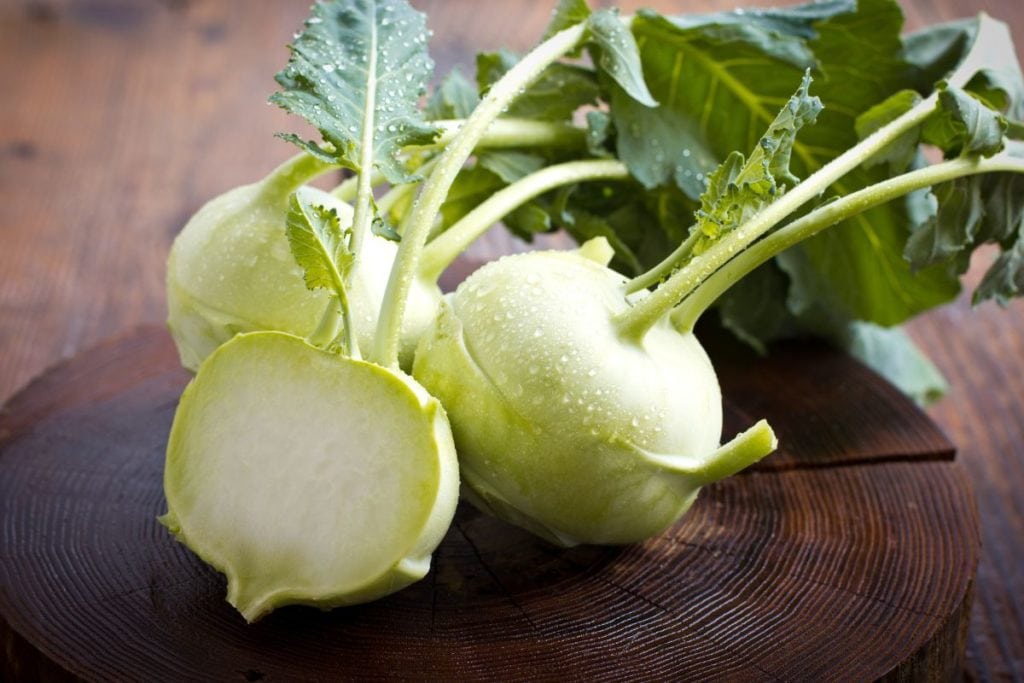
Kohlrabi means Cabbage Turnip in the German language, where kohl is for Cole-slaw and rübe for turnip. It is our third recommendation as it belongs to the cabbage family. It is also known as German turnip although it is not a root vegetable such as Rutabaga, Turnips, or Daikon.
Whole Kohlrabi is edible. It has leafy coverings over a bulb and that bulb is the best part to replace Rutabaga. The core of this vegetable is white, while the outer part may be purple, green, or white.
The bulb has a mild sweet taste slightly more than the under-toned sweet taste of Rutabaga. The bitter profile of Kohlrabi is milder than Rutabaga. Kohlrabi can replace Rutabaga in soups, salads, and casseroles. Always buy firm Kohlrabi from the store. The soft pulpy Kohlrabi will rot soon, while if fresh it can be kept for more than a week.
4. Celery Root
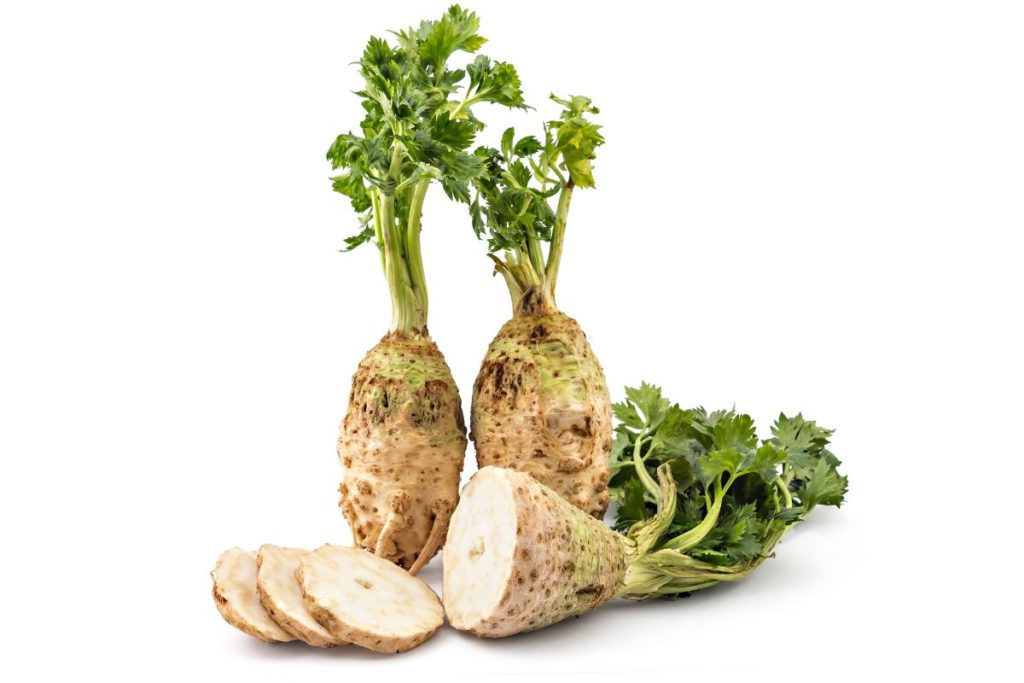
Don’t confuse yourself between celery stalk and celery root. Celery roots are not the roots of the celery stalks we put in our food. Instead, it is a separate root, also known as celeriac, grown specifically as a vegetable. It is a biennial crop thus available year-round in the market.
Celery root is a practical substitute for Rutabaga as its flavor matches it to some extent. It pairs well with vegetarian as well as non-vegetarian dishes. It can be eaten raw or used in cooked dishes as well. It is tasty when used in a slaw with other shredded veges.
Celery root is very versatile in use as it can be sliced, puréed, sautéed, or roasted. Just peel off the whole brown skin before use. Always buy in a firm state while purchasing to ensure its freshness.
5. Broccoli stem
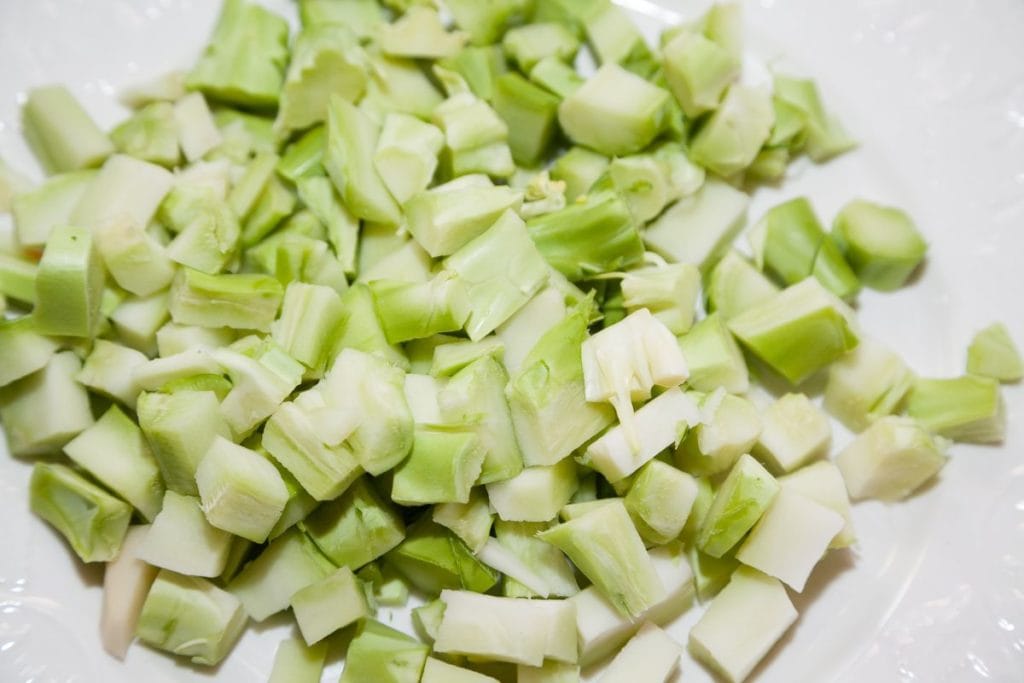
Broccoli has two parts: stem and head. In everyday use, people toss the stem out and use broccoli florets only. However, you can cook both as they both become soft and pleasant to taste. Broccoli stems are used when we need to replace the Rutabaga in any dish. Both the broccoli stems and heads are equally nutritious. This sweet-tasting stem has a flavor similar to Rutabaga.
Cut the woody bottom portion of the stalk as it is tough and inedible. Peel off the skin before cooking. You can substitute Rutabaga with Broccoli stem in frittatas, salads, stir-fries, etc. They can be used in various ways like put in a vegetable soup, salad, stir fry, or even can be fermented.
6. Jicama
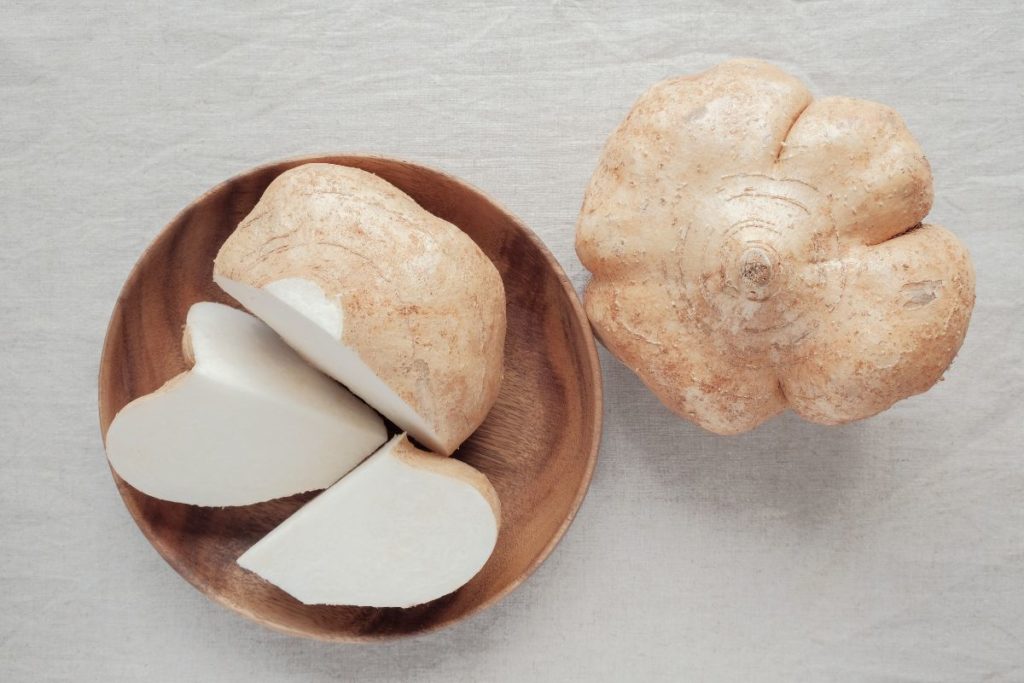
Jicama is popular with the name Mexican Turnip because its size is larger than the size of both turnips and rutabaga. This is a summer vegetable but it can be grown hydroponically and found in many grocery stores during winter.
Jicama is an excellent alternative as it contains the same starchy texture as that of Rutabaga. It is low in calories but it contains Vitamin B6, fibers, and Vitamin C as well. Low calories mean you can eat more starch, and more starchy meals will give you a feeling of satiety long after eating. It will help you reduce extra weight or helps in maintaining the current weight.
It is not only sweet and pungent in taste but it is also slightly nutty. It allows you to replace Rutabaga with Jicama in stews, soups, roast, or casseroles. Boil it and then used mashed Jicama in any recipe you are following. It can be taken raw but roasted Jicama when added to the side of your meal plate give a professional look to your home meals.
Conclusion
All of these substitutes are closely related to Rutabagas, but one cardinal rule that must be followed is: Make sure to find fresh and natural products from the market. That freshness will bring a crispy and delectable flavor to your recipes just like Rutabaga.
Almost every alternative bears the same savory flavor profile, so the quantity substituted will be the same. E.g., 1 lb turnips will replace 1 lb Rutabaga in a recipe. All the Rutabaga substitutes are easily available but may not match the outcome exactly same as of Rutabaga. Our top recommendation is to find and use turnips first. If unavailable then go for other alternatives.
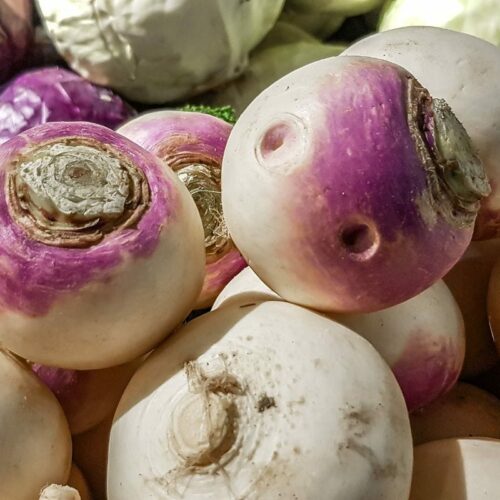
6 Best Substitutes for Rutabaga
Ingredients
- Turnips
- Daikon
- Kohlrabi
- Celery Root
- Broccoli stem
- Jicama
Instructions
- From the list of substitutes above, pick your favorite to use in its place.
- Use your imagination and be creative with these substitute recipes!

